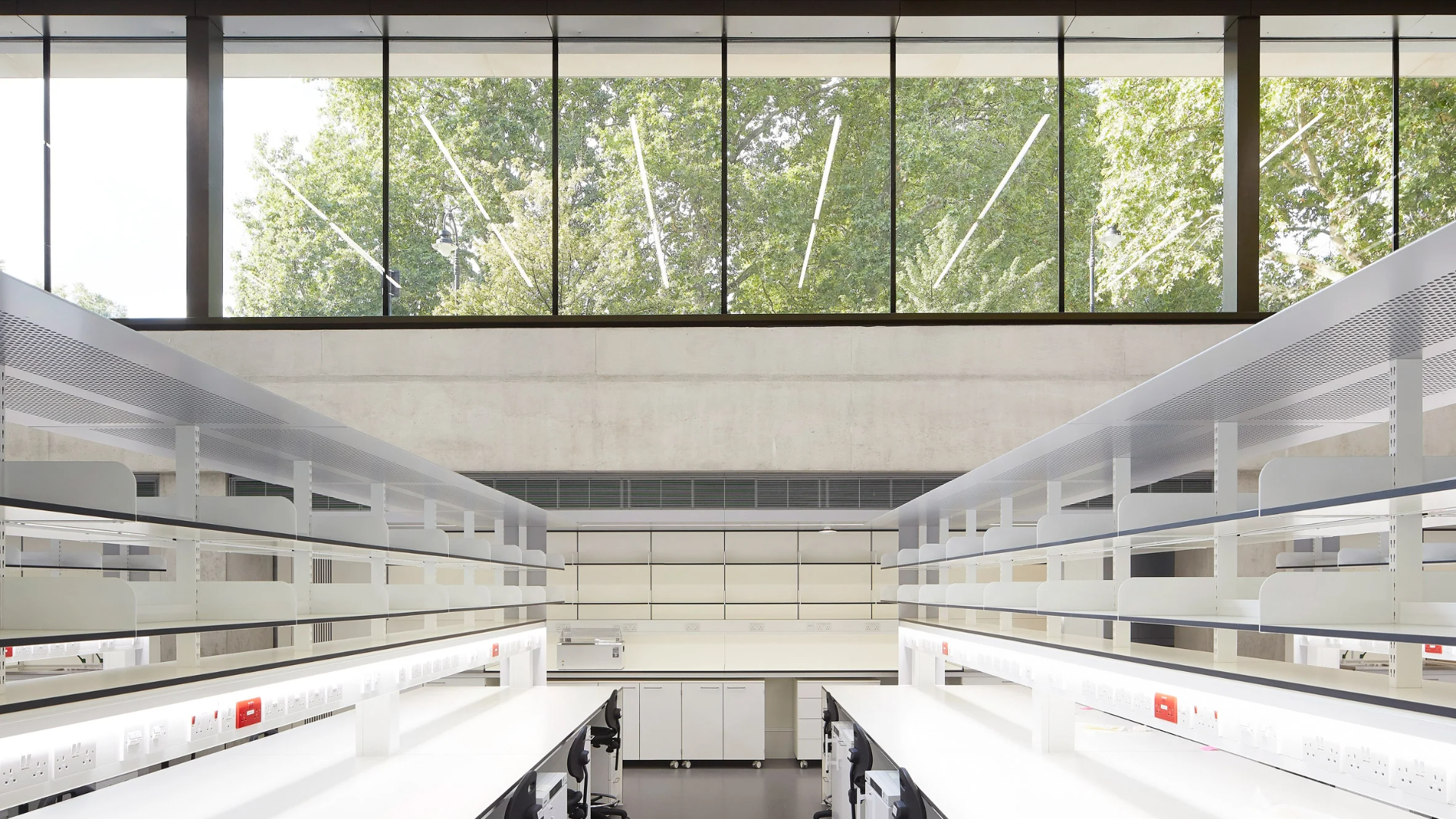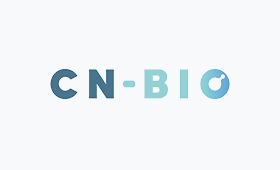FITTING OUT YOUR SPACE SUSTAINABLY
Before diving into the details, let’s understand what sustainable office fit-outs entail and why they are essential. A sustainable office fit-out refers to the process of redesigning or refurbishing office spaces using environmentally friendly materials and practices. These initiatives aim to reduce waste, energy consumption, and carbon footprint while promoting employee well-being and productivity. Sustainable office fit-outs often involve comprehensive assessments of the existing space, identifying areas for improvement in energy efficiency, waste management, and indoor environmental quality. This process may include upgrading insulation, installing energy-efficient lighting and HVAC systems, implementing water-saving fixtures, and selecting eco-friendly materials for furnishings and finishes.

UNDERSTANDING SUSTAINABLE OFFICE FIT-OUTS
Incorporating sustainability into office design offers numerous benefits. Not only does it showcase your organisation’s commitment to the environment, but it can also lead to cost savings, improved employee morale, and enhanced brand reputation. An eco-conscious office reflects a forward-thinking approach that aligns with the growing demand for environmentally responsible practices.
According to the World Green Building Council, green office spaces have been found to increase employee productivity by up to 11%, enhance indoor air quality, and decrease absenteeism. Furthermore, a study by the Harvard T.H. Chan School of Public Health revealed that green-certified buildings showed higher cognitive function scores among employees, translating to better decision-making and problem-solving abilities.
INCORPORATING SUSTAINABLE BUILDING MATERIALS
One of the foundational pillars of a sustainable office fit-out is the use of eco-friendly materials. This section explores the variety of materials available for sustainable office fit-outs and highlights their impact on design and aesthetics. From recycled materials to low-VOC paints and responsibly sourced wood, there are numerous options to choose from that reduce the ecological footprint while maintaining the desired style and functionality.
For instance, choosing sustainable office furniture made from recycled or reclaimed materials can prevent valuable resources from ending up in landfills. Case in point, Interface, a global leader in sustainable flooring solutions, has successfully diverted over 340 million pounds of carpet tiles from landfills through their ReEntry recycling program.
Moreover, incorporating renewable materials like bamboo, which has a rapid growth rate and requires minimal pesticides and fertilizers, can further enhance the sustainability of your office fit-out.


SUSTAINABLE INTERIOR DESIGN FOR YOUR OFFICE FIT-OUT
The interior design of your office plays a crucial role in creating a sustainable and stylish workplace. In this section, we provide practical tips and ideas for incorporating eco-conscious elements into your office design. From biophilic design principles that bring nature indoors to energy-efficient furniture arrangements, striking a balance between style and sustainability is achievable with the right approach. Biophilic design has been associated with a 15% increase in creativity and a 6% improvement in productivity, as stated in Terrapin Bright Green’s report.
According to the U.S. Department of Energy, investing in energy-efficient appliances and HVAC systems can significantly reduce energy consumption. For example, upgrading to LED lighting can lead to energy savings of up to 75% compared to traditional incandescent bulbs.
Herman Miller, a renowned furniture manufacturer, incorporated sustainability into their design philosophy and achieved the Cradle to Cradle certification for their products. By creating adaptable and ergonomic workspaces that enhance productivity while supporting a sustainable environment, Herman Miller sets an example for integrating sustainability into office design.

SUSTAINABILITY GOALS: SETTING THE STANDARD
To make a lasting impact, it is essential to set clear sustainability goals for your office fit-out project. This section emphasizes the importance of defining and implementing such objectives and discusses how they can be aligned with broader sustainability goals of the organisation. A well-defined set of sustainability objectives will guide decision-making throughout the fit-out process, ensuring that every aspect is in line with your environmental commitments.
One of our latest projects has been aiming to achieve the BREEAM standard and is on the way to earning its accreditation. The BREEAM (Building Research Establishment Environmental Assessment Method) is one of the world’s leading sustainability assessment methods for buildings. It was developed by the Building Research Establishment (BRE), a UK-based organisation, and has gained global recognition as a robust and comprehensive standard for evaluating a building’s environmental performance.
The BREEAM standard assesses various aspects of a building’s sustainability, including energy efficiency, water usage, materials selection, waste management, indoor air quality, and ecological impact. It provides a holistic approach to sustainable building design and encourages developers, architects, and building owners to consider the environmental impact of their projects throughout the building’s lifecycle.
It uses a scoring system based on asset of criteria and performance indicators to rate buildings across different sustainability categories. These categories include energy, health and well-being, transport, water, materials, waste, land use, and ecology. The assessment process involves gathering evidence and data to demonstrate compliance with the standard’s requirements.
Based on the total score achieved, a building can attain different levels of certification, ranging from Pass to Outstanding. BREEAM has evolved over the years to adapt to changing environmental concerns and technological advancements. It has expanded its scope to cover various building types, including offices, residential buildings, retail spaces, educational facilities, and industrial structures. Moreover, BREEAM assessments are not limited to the UK; the standard is now applied globally, and it has been adapted for use in many countries to address regional sustainability challenges.
energy EFFICIENCY lighting for sustainable offices
Lighting is a critical component of any office fit-out, and energy-efficient lighting solutions can significantly reduce energy usage and environmental impact. In this section, we explore the latest trends in energy-saving lighting technology and how it can enhance the ambiance of your office wile contributing to a greener and more sustainable workspace.






EMBRACE ENVIRONMENTALLY FRIENDLY OFFICE PRACTICES
Sustainability doesn’t end with the fit-out; it extends to everyday office practices. This section discusses practical ways to implement sustainable practices in day-to-day operations. From encouraging recycling and waste reduction to promoting energy-conscious habits among employees, fostering a culture of sustainability in the workplace is key to maintain a green office space.
case studies: Successful SUSTAINABLE office fit-outs
Nothing speaks louder than real-world examples. In this section, we showcase successful case studies of organisations that have implemented sustainable office fit-outs. These examples demonstrate the positive impact of eco-friendly design on the environment, employee satisfaction, and overall business success.
Interface, the sustainable flooring solutions company mentioned earlier, transformed their headquarters into a living showcase of sustainability. The “Mission Zero” project aimed to achieve zero negative impact on the environment by 2020. By utilizing renewable energy sources, recycling materials, and implementing innovative waste reduction strategies, Interface set new standards for sustainable office design.
Unilever, a multinational consumer goods company, committed to making sustainability a core part of their corporate culture. As part of their sustainability strategy, they embarked on a large-scale sustainable office fit-out project across their global office portfolio. They focused on energy-efficient lighting and equipment, promoting natural daylight through smart architectural design, and installing energy management systems to optimize energy consumption. They also implemented a comprehensive waste reduction and recycling program, encouraging employees to adopt eco-conscious habits.
Through their fit-out initiatives, Unilever achieved an impressive 46% reduction in total waste and a 32% reduction in greenhouse gas emissions across their global offices. The sustainable office transformation not only saved costs and improved their environmental performance but also reinforced their commitment to sustainable practices to employees, customers, and stakeholders.
CDPQ, one of our latest projects. Initially the brief was very traditional in scope, but through a collaborative approach with the client, Habit Action were able to present ideas and creative solutions to transform their space from being just an office, to a beautiful people-centric hub for staff and clients alike. Sustainability was forefront in the design and delivery process from the outset of CDPQ’s new London office in terms of specification as well as the result of this project. Products were almost all manufactured in the UK apart from a few products manufactured in Sweden and Finland. 90% of flooring finished were carbon neutral, and all ceiling acoustics were 100% carbon neutral.
SUSTAINABLE OFFICE SOLUTIONS FOR THE FUTURE
As technology and design trends continue to evolve, so do sustainable office solutions. This section explores cutting-edge trends in sustainable office design, such as the integration of renewable energy sources, smart building systems, and adaptive reuse of existing spaces. Emphasizing innovation and forward-thinking will inspire organizations to stay ahead in the journey towards a greener future.
THE ENVIRONMENTAL IMPACT OF SUSTAINABLE OFFICE FIT-OUTS
Throughout this blog, we have highlighted the benefits of sustainable office fit-outs. In this section, we delve deeper into the positive effects these initiatives have on the environment. By quantifying the reductions in carbon emissions, waste generation, and energy consumption, we emphasize the significant role offices can play in mitigating environmental challenges.

In conclusion, sustainable office fit-outs are not only about reducing environmental impact but also about creating a workspace that fosters productivity, employee well-being, and a sense of responsibility towards the planet. By embracing sustainability in office design and practices, organizations can showcase their commitment to a greener future while enjoying a stylish and innovative workplace. Check out our corporate social responsibility page here as our commitment to the environment extends beyond creating beautiful spaces. The time to act is now, and by taking these steps, we can collectively create a more sustainable and brighter tomorrow.
Contact us to get in touch for your new sustainable fit-out office here.
READ OUR WORKPLACE GUIDE
HOW MUCH DOES A COMMERCIAL FIT-OUT COST IN 2024?
In 2024, the overall cost of an office fit out will vary depending on a variety of factors including size and scope, materials used, labour costs and finishes. Companies may also encounter unexpected costs related to site access and regulatory requirements. Planning ahead can help manage the costs of a commercial fit out as this will allow for research into suitable materials and suppliers, meaning it is important to do detailed research before making any decisions.
.png)
LET'S TALK ABOUT YOUR NEXT REQUIREMENT

